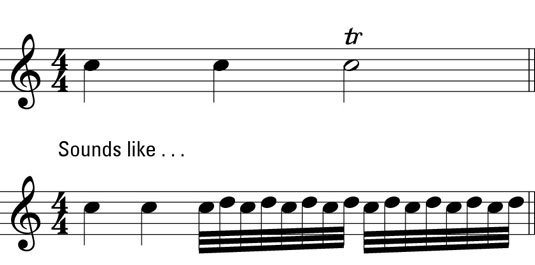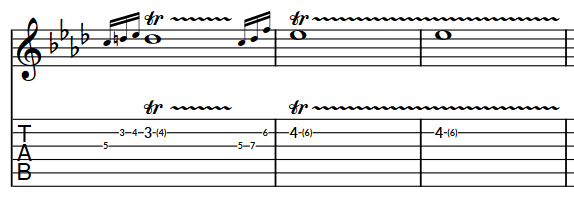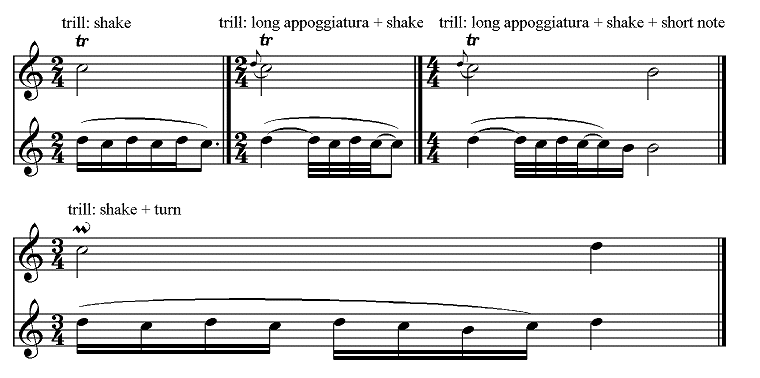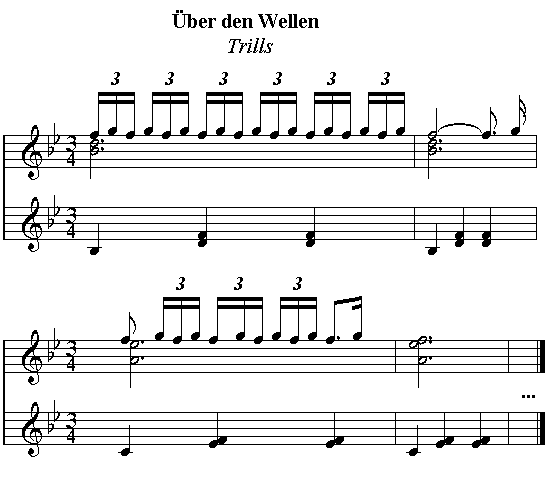Are you ready to find 'how to write trills'? Here, you will find all the stuff.
Table of contents
- How to write trills in 2021
- What is a turn in music
- Trill piano example
- Trill symbol
- How to read trills on piano
- How to trill on trumpet
- Inverted mordent
- Bach trill notation
How to write trills in 2021
 This picture demonstrates how to write trills.
This picture demonstrates how to write trills.
What is a turn in music
 This image shows What is a turn in music.
This image shows What is a turn in music.
Trill piano example
 This image illustrates Trill piano example.
This image illustrates Trill piano example.
Trill symbol
 This image representes Trill symbol.
This image representes Trill symbol.
How to read trills on piano
 This image shows How to read trills on piano.
This image shows How to read trills on piano.
How to trill on trumpet
 This picture representes How to trill on trumpet.
This picture representes How to trill on trumpet.
Inverted mordent
 This picture representes Inverted mordent.
This picture representes Inverted mordent.
Bach trill notation
 This picture shows Bach trill notation.
This picture shows Bach trill notation.
How many notes can you alternate in a trill?
The length of the trill, ie how many notes you’re able to alternate, depends on the piece. If it’s a long, held note, you can play a long trill. But if you just have a beat or half a beat, your trill might only include one or two turns. Trills almost always start on the note higher than the one that’s written.
When do you use TR and wavy lines for trill?
Both the " tr " and the wavy line are necessary for clarity when the trill is expected to be applied to more than one note (or to tied notes). Also, when attached to a single notehead in one part that corresponds to smaller note values in another part, it leaves no room for doubt if both the letters and the line are used.
What's the best way to show trills in music?
Another method of displaying trills, which is very common in popular and commercial orchestral music as well as film and video game scores, largely because it is so efficient for entry, is to include a flat, natural or sharp symbol above, or just to the right of the “ tr ” symbol.
Which is the correct definition of a trill?
The trill (or shake, as it was known from the 16th until the 19th century) is a musical ornament consisting of a rapid alternation between two adjacent notes, usually a semitone or tone apart, which can be identified with the context of the trill. (compare mordent and tremolo).
Last Update: Oct 2021